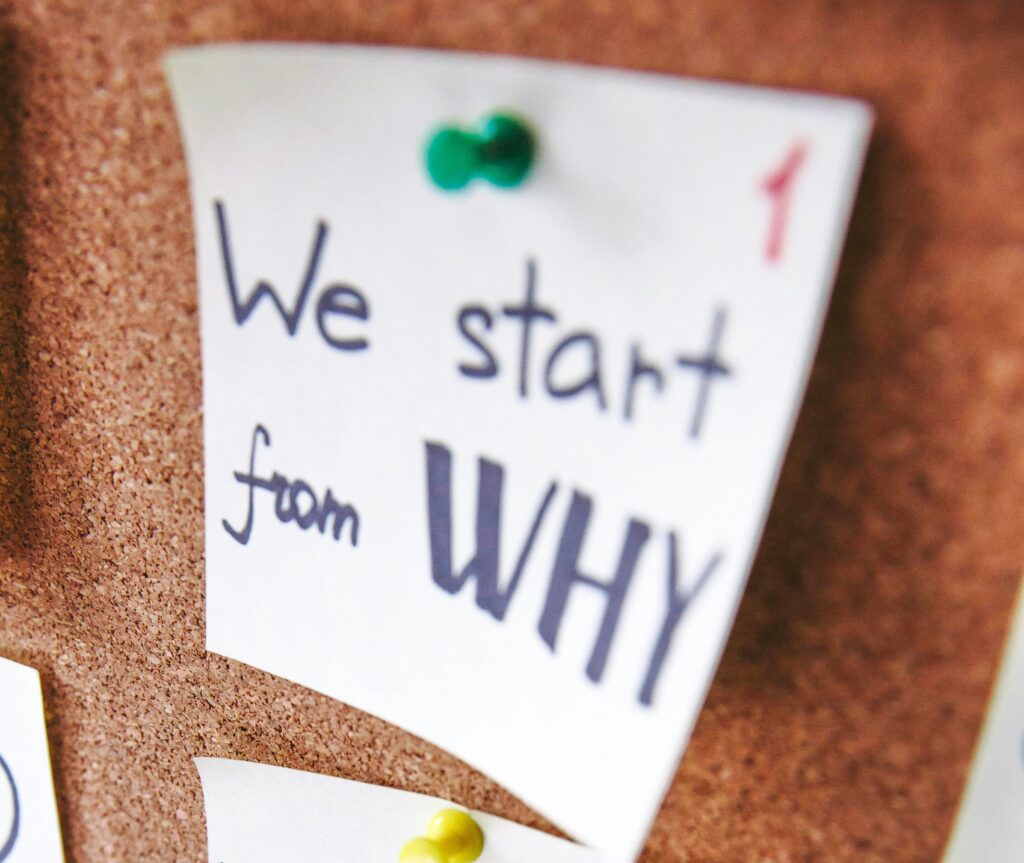You listen to the presentation. As the presentation goes on, you begin to warm to the presenter. She speaks and uses English well and the slides are interesting and well-designed. But the presentation finishes and as a listener you feel empty and confused. You find yourself thinking:
What was that presentation all about?
Why did the presenter do this presentation?
What did she really want to tell me?
The first factor to decide on for any presentation is the Take Home Message – sometimes called conclusion. What is the one thing you want people to think, know or do at the end of the presentation?
I would argue very strongly that you can only design and deliver an effective presentation once this is clear to you as a presenter.
The Take Home Message is Not the Topic
Let’s take the example of the topic of “climate change”. Maybe the presenter has chosen the topic or it has been allocated. This doesn’t really matter though when it comes to Take Home Message because “climate change” is the topic and not the Take Home Message.
“Climate change” is not answering the WHY of the presentation. The WHY addresses what is it the presenter wants the audience to do or think after the presentation is over. Maybe the topic has been given by a boss or supervisor and you need to discuss the WHY with that person.
There are many answers to the WHY. The presenter may wish to:
- provide more information
- provide new information
- change thinking
- promote action
- persuade
- convince
- motivate
- inspire
- sell
and so on.
Here are some different answers to the WHY of “climate change”:
- You now have much more information about climate change
- You now have new information about climate change
- You need to think about climate change more than you do now
- You need to get better informed about climate change
- You need to change your personal behaviour
- You should only work for a company that takes climate change seriously
- You need to join an action group
- You need to write to the government
- You need to buy this product as it is better for the environment.
So, the topic of climate change could have variable take home messages. Each of the above answers would mean presenters approaching the topic in different ways and designing their presentations accordingly.
There are of course hidden purpose and WHYs. As presenters, we want to do a good job, get a good result and leave a lasting impression. These WHYs are not openly stated but can be achieved by preparing in the most optimal way which involves deciding on the Take Home Message.
The Summary is Not the Take Home Message
A summary goes back and tells the audience what they have heard in a shorter form. It is a recap that can focus thoughts and direction.
A good effective summary draws the listener in. Signposting is key and linguistically not difficult:
“that brings me to the end of the presentation. To summarise, …”
“that’s all I wanted to say about climate change. Let’s go over the key points again”.
The summary is a foundation on which the Take Home Message is then built. It makes the message stronger, sturdier, stickier but bear in mind that it is not the message.
A Take Home Message though looks forward to what the presenter wants to happen after the presentation has finished. It takes the material of the presentation to verbalise and clarify the purpose and why of the presentation.
Teach students to separate summary and Take Home Message and to fully understand that these are two different things.
Clarity
How do you put together a Take Home Message?
Think about why you are giving the presentation. Make notes. What do you want your audience to do, think or know when this presentation is over?
Write a statement:
“I would like you to ….”
“The listeners should …”
“What is clear at the end of the presentation is …”
“The aim of the presentation is to ..”
Once you have your message, then you can begin the work on the rest of the presentation. The message will give you clarity of thinking. This enables you to design your presentation and presentation material so that you take your listeners down the road towards the Take Home Message without taking unnecessary diversions.
In this process, you will find that you can separate the necessary detail from the unnecessary detail. You will appreciate that not every piece of data is relevant to the final message. You may find that you need to change or hone your message but that is also part of the process.
Avoid multiple messages. Really decide on the one thing you want listeners to take away. Multiple messages are more difficult to comprehend and remember. They can leave listeners confused.
Work on delivering your final message. You want your final words to be clear, strong, positive, powerful and creative. Design a message that stays with your audience long after the presentation has finished. Think about rhetorical and other techniques than you can use to make your message stand out. Practise, practise, practise presenting your message so that you can deliver it in the most convincing and persuasive way possible so that you and your audience are confident with your final Take Home Message.

This has such a lot of important information. This website is wonderful. Thank you!
Thank you!
Erica
Thank you Erica – you have such useful tips for giving presentations. Really appreciate your content!
Thanks for your comments Anne and good luck with your presentations.
Erica